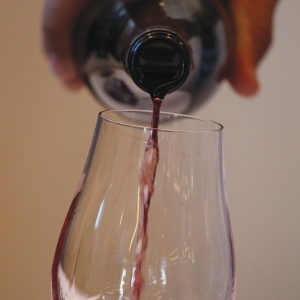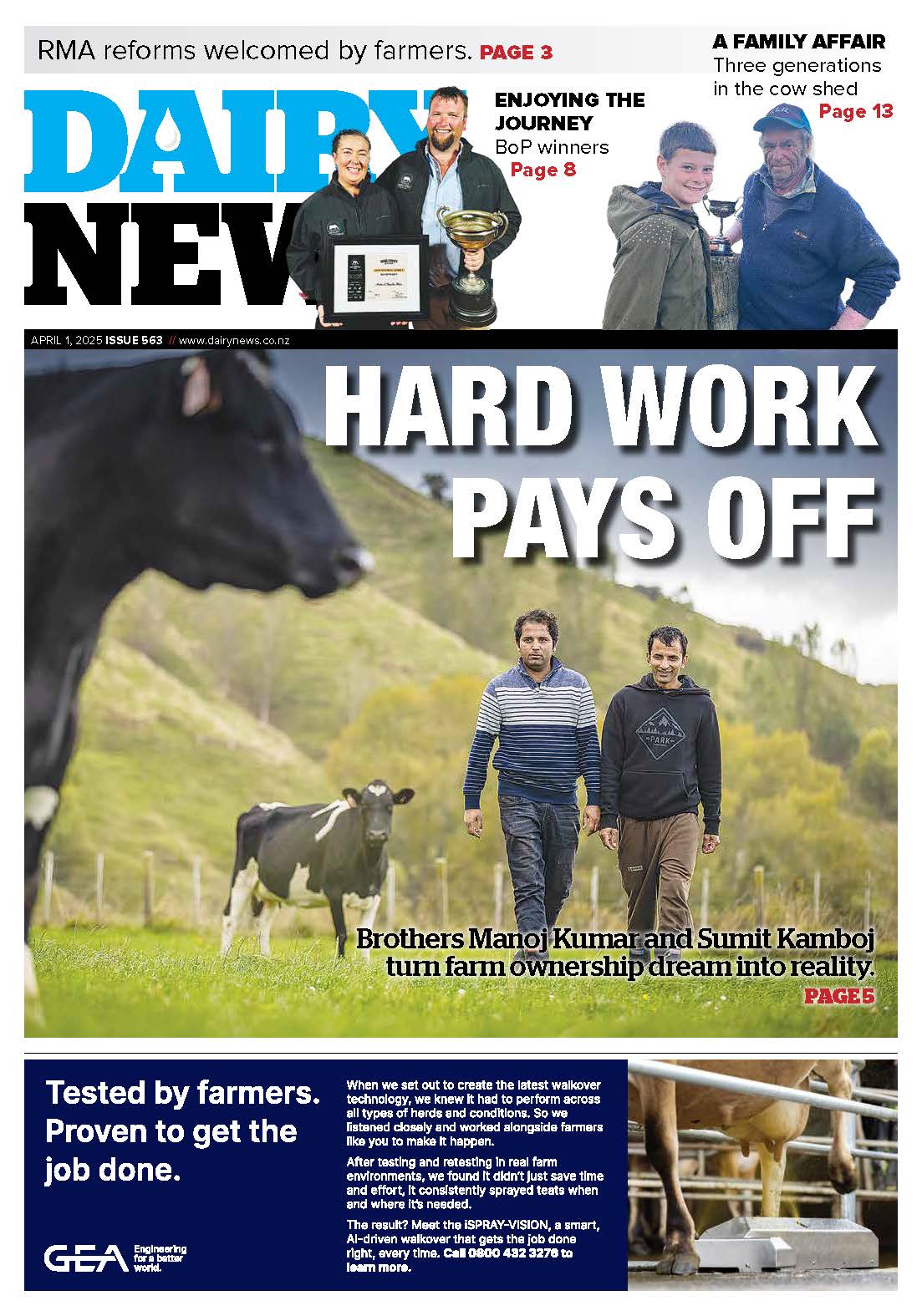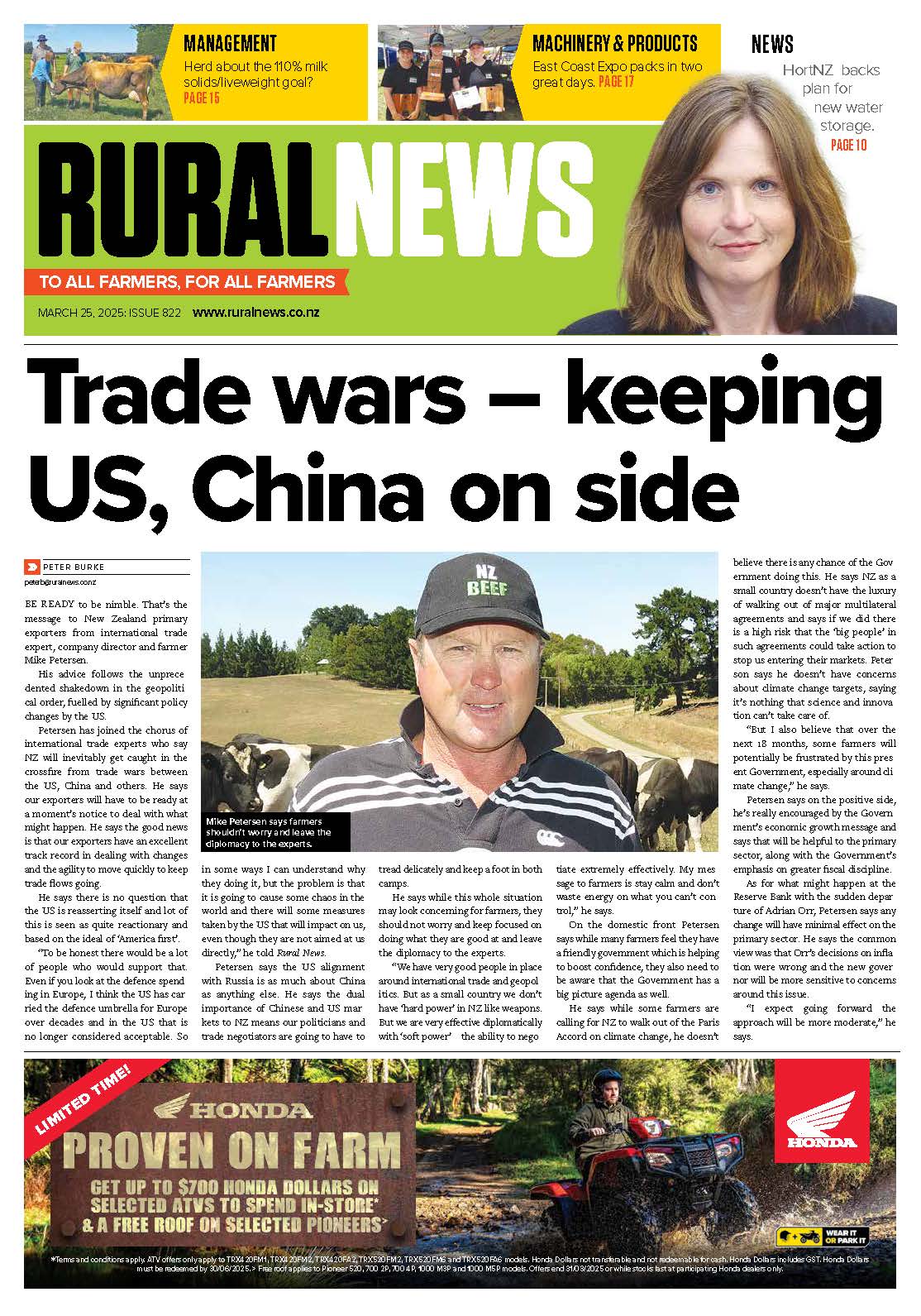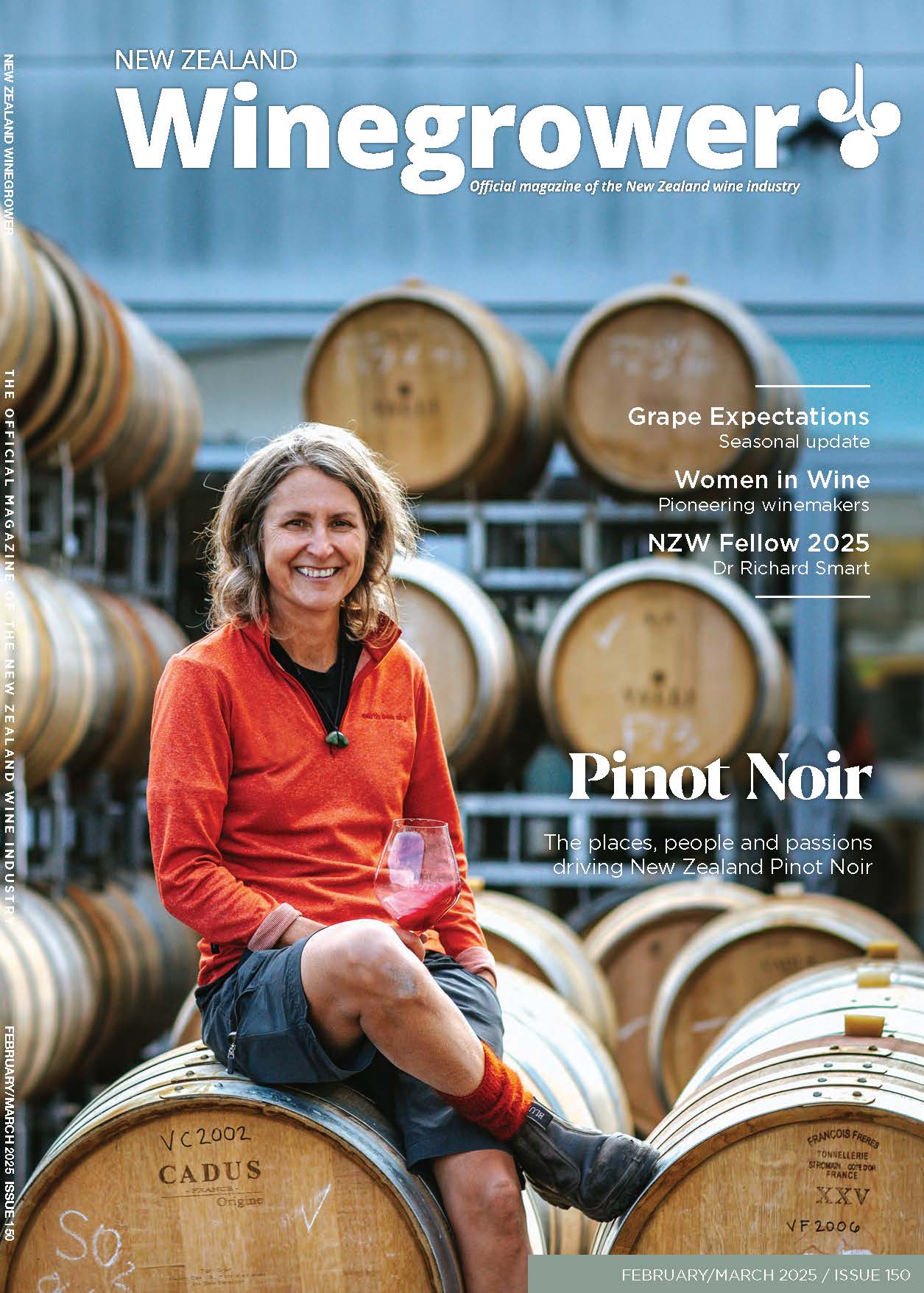2010 was a great vintage for New Zealand and that was obvious from comments by those attending. A step up in terms of what New Zealand is doing and producing was the over-riding feeling, especially from those who had attended previous events.
Every one of the four days began with an international guest speaker. Their observations were then discussed later on in each of the regional venues, allowing some thought provoking debate.
Thankfully there were some words that were banned from the discussions. Passion was one of those, referencing Pinot Noir as the Holy Grail was an immediate red card dismissal for anyone uttering the words and later on in the week, the name Burgundy was also banned from conversation. This was after all an event designed to celebrate New Zealand and the many diverse regions within it. So to the event itself.
Opening day and 500 delegates and wine industry personnel arrive at the Wellington Town Hall, fanning themselves from the heat of a perfect day.
Welcomes are given, introductions made and it’s time for the event opening guest speakers. First onto the podium is Matt Kramer. A full time independent wine writer with 35 years experience, author of eight books, and a self confessed Pinot Noir aficionado. If one of the goals of this event was to promote discussion, then Kramer was obviously the perfect choice for an opening address. The following is an extract from day one of Pinot 2013.
2 + 2 = 5
Burgundy has something that no other region in the world that grows Pinot Noir has achieved – that achievement simply put is; that two and two in Burgundy, equals five. How do they get that other one? How did they find it, how do they achieve it?
In all of my travels, at best two and two only ever equals four. It’s now that elusive one that everyone, including New Zealand, has to look for.
Cause and effect, modern mind rationality and science have taken over all the other wine growing regions in the world, with a philosophy that could never have been previously achieved, so that two and two is four. To get to that four is no small achievement and it’s amazing what has happened here. But to get to five you have to be way out there on the edge. We now face the question of how do we achieve difference and this is the 21st century challenge.
I remember when the Dijon clones came onto the market. It was a ‘Come to Jesus’ moment. This was going to create great Pinot Noir.
To be fair they have very potent powerful flavours and colour. We can all distinguish them. They were commercialised and plantings of Dijon clones became world spread. But they were planted out in different blocks, separately. And then that done, at harvest time, you would harvest each block separately according to planting. And they would be picked at optimum ripeness.
The result is a stunning uniformity and homogeneity of flavour and ripeness in Pinot Noir vineyards wherever these practices and these plantings occur. What results more often than not is wines that lack nuance, wines that lack shape.
They are simply too uniform and they are made from too few clones. There are not enough voices.
Pinot Noir is in fact like an orchestra, but this orchestra is comprised mostly of cellos. No piccolo, no double bass, no violins. Never mind the brass or woodwind instruments. We now have reached a structural wall to get two and two to equal five.
If this is how your vineyards are planted and if this is how you are making your wines today, there is no question that the wine is good, but it will never reach that elusive five! It’s the one that is the great challenge of the wine industry.
We now have to retreat from the over reliance on the narrow band of Dijon clones. We need to retreat from the idea of having clones planted in separate blocks. We need to retreat from control.
The other way in my opinion is to view your vineyard as a field of wildflowers... Just as packets of wildflower seeds can contain 20, 30 or 100 varieties, so too should your vineyard. If in in the future it doesn’t contain somewhere between 20 and 40 different clones of Pinot Noir, you will never achieve the shading and nuance that is necessary. If those clones are not inter mixed, almost without any control, you will not achieve the shadings and nuances that are necessary to create great Pinot Noir. This is a leap of faith, it is a loss of control and it will be harder than anything you have ever done before because no one likes to lose control.
You know perfectly well, that when the time comes to pick, you can’t chose it. You make multiple passes of the vineyard when the larger aggregate is pretty much ripe and then you dive in and make your wine. Your orchestra will surely have piccolos in it, grapes that are definitely under ripe. Your orchestra will surely have bassoons, double basses from one clone or another, that will surely have grapes that are over ripe. But the majority of the orchestra will fall into that middle range. All of this requires a willingness to step back and accept you cannot control the greatness. That the greatness will be found in the shadows and the nuances of the wine itself.
T
he two plus two equals five scenario became somewhat of a mantra for the conference overall. Although Kramer’s comments on mixing up the clonal mix within blocks was one that many felt was inappropriate in New Zealand conditions.
A Marlborough winemaker pointed out that (using Kramer’s orchestra analogy) if you pick your grapes with piccolos, double basses, and bassoons, you are risking the end quality. It may be the piccolos are green, whereas the bassoons are ripe – and what winemaker wants to add green to their Pinot Noir?
Renowned wine writer Tim Atkin MW commented that while Kramer’s talk was thought provoking and interesting – his reference to Burgundy as being the only place to create wine that equals the five he referred to, was 10 years out of date.
“The sense that Burgundy always makes the best Pinot Noirs in the world is slightly silly. I think the improvement in quality of New Zealand is unbelievable. To patronise New Zealand Pinot Noir by saying it is always two plus two equalling four instead of five, isn’t true. There are some wines (here in New Zealand) that are at least four and a half, and I have tasted some wines today that I would put pretty close to five. And I think a lot of Burgundy is three and some is one and some is even minus one. I think this slavish worship of Burgundy does nobody any favours in the end.”
Hence Atkin banning the use of the B word in later sessions.
The other over riding message that came from the conference was the speed with which New Zealand has gone from zero to hero in terms of Pinot Noir quality. Much was made about how as a country we are still finding ourselves in terms of wine regions.
Unlike our European counterparts, we don’t have hundreds of years of history and winemaking experience to fall back on when it comes to defining styles. We are still learning which are the best areas within a region to grow Pinot Noir, which clones work best where and most of all we are still waiting for our vines to age. What has been achieved in less than 40 years is remarkable, everyone agrees, but there is still a long way to go. Things can only get better the more experience and knowledge we gain. Which is why events such as Pinot Noir 2013 are so vital to the longevity and development of this variety within New Zealand’s wine portfolio. ν
This email address is being protected from spambots. You need JavaScript enabled to view it.
• Time constraints meant we were not able to cover as much of Pinot Noir 2013 in this issue as we would have liked. But we will have comprehensive coverage in the April/May issue.










